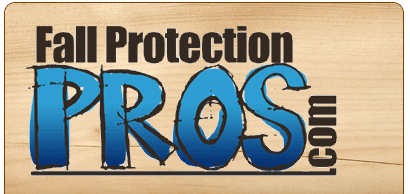Those of you that read our post about guardrail sticker shock, may be strongly considering the addition of guardrails to your job site. Good thinking. And for those of you that don't know, you don't need to go out and buy full metal guardrails. There are some other great options available. But regardless of the guardrails you choose, there are some basics you need to know.
These guidelines come straight from the horses mouth. OSHA. So, here are the rules for guardrails.
1. The top rails of your guardrail must be 39 to 45 inches above the working level. If you have employees wearing stilts, (What are you The Ringling Brothers?) the rail must be increased by the height of the stilts.
2. Midrails or screens must be installed between the top rail and the working level when there is no wall or other structure at least 21 inches high. (P.S. Your Midrail should be midway between the top rail and the working level and screens must extend from the top rail to the working level.)
3. Your guardrail system must be capable of withstanding 200 pounds of force within 2 inches from the top of your guardrail. If you bump into the guardrail, it shouldn't fly off the roof.
4. Your Midrail or screens need to be able to withstand 150 pounds of force. A gust of wind shouldn't blow your midrail into the next county.
5. Your guardrails shouldn't have rough or jagged surfaces that could cause punctures or lacerations. Baby-proof that bad boy.
6. The top rails and midrails must not become a projection hazard by overhanging the post. No one wants to take a midrail to the nuts while walking to the job. Keep your rails tucked into the side, please.
There you have it. Go forth and build responsible guardrails!




